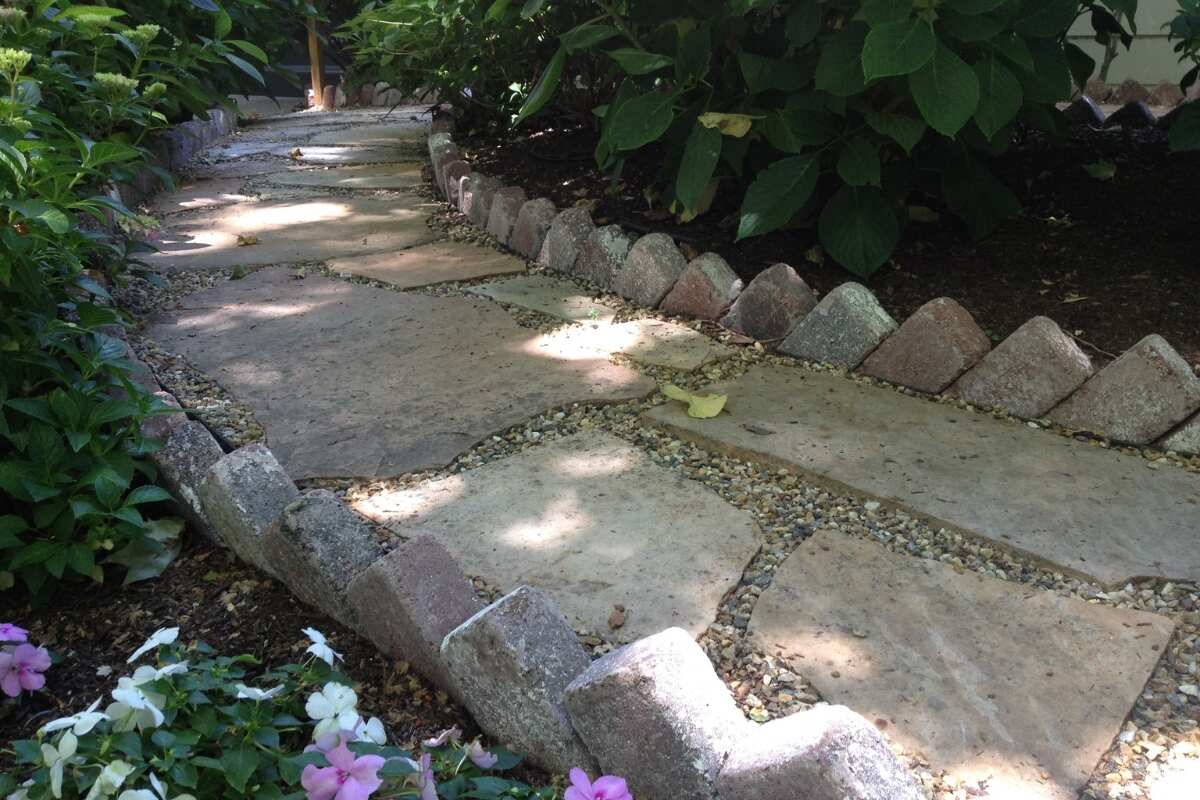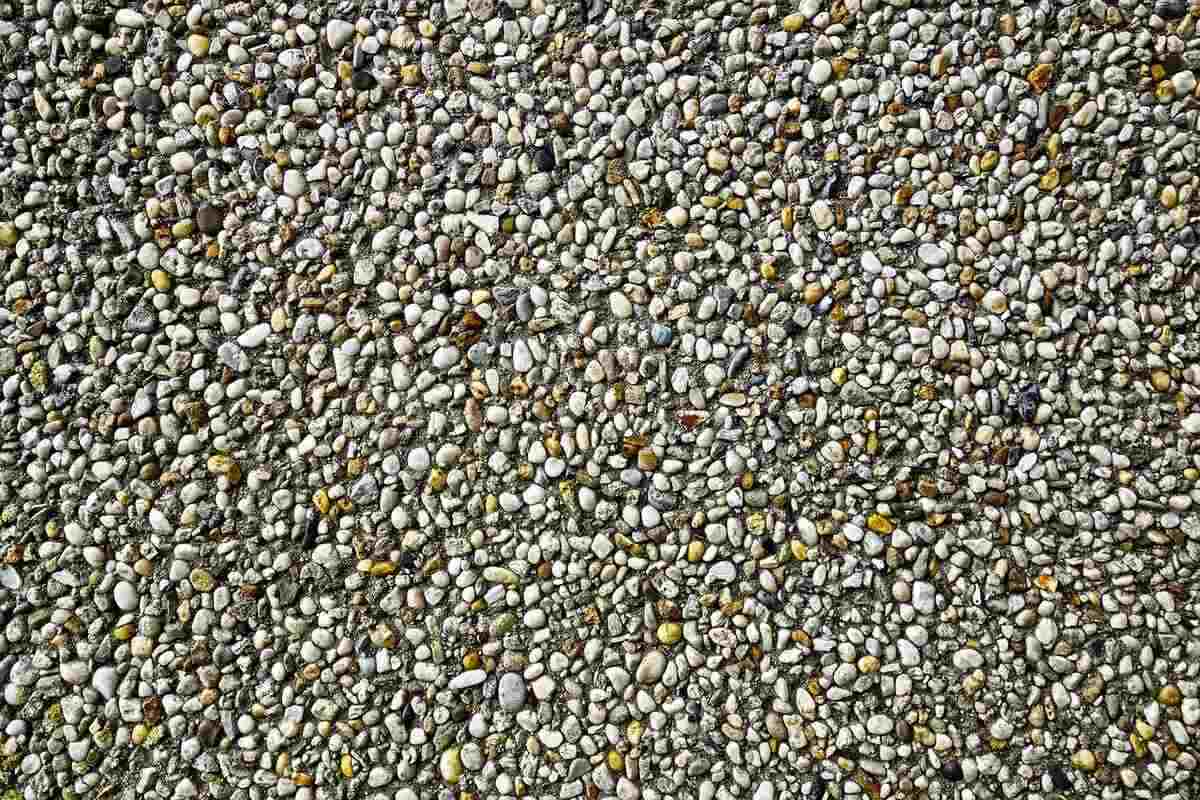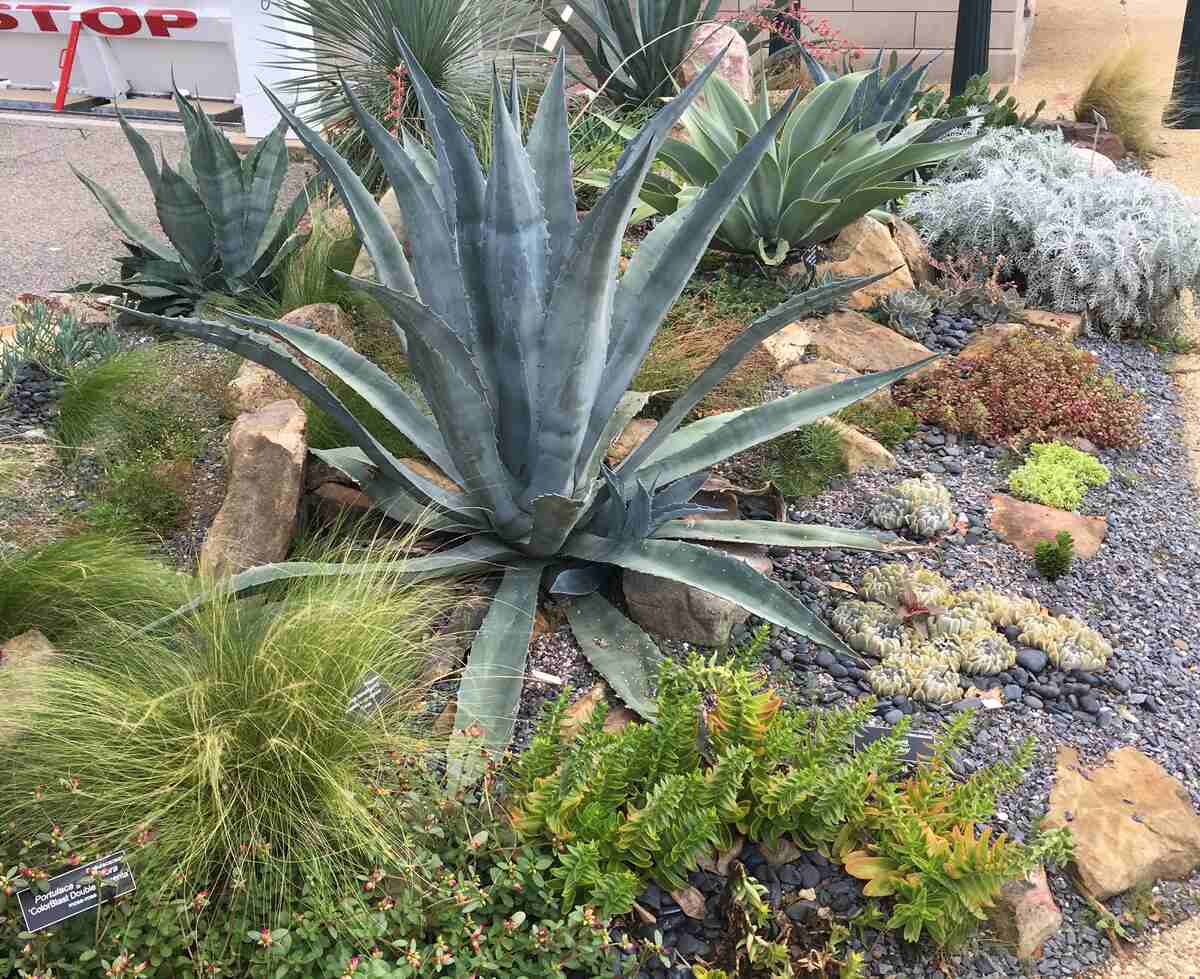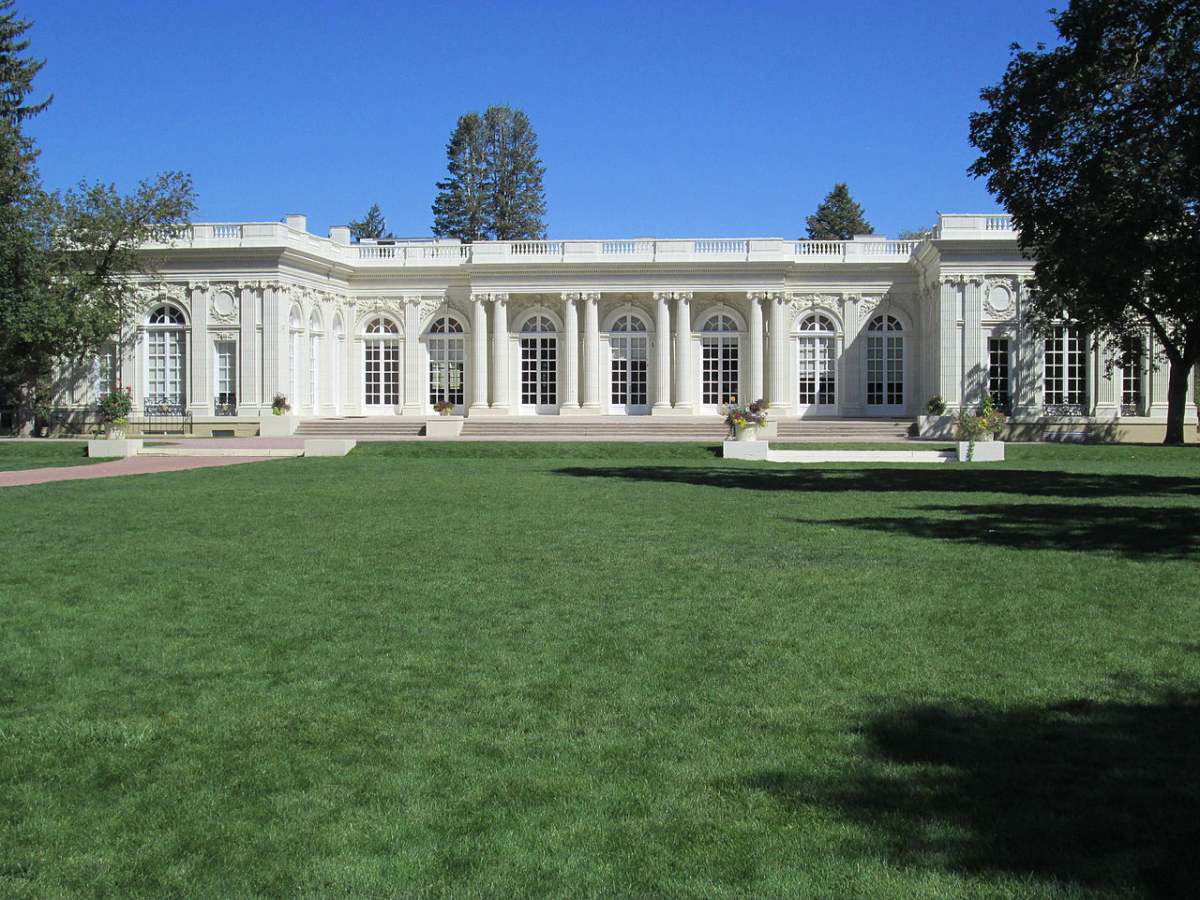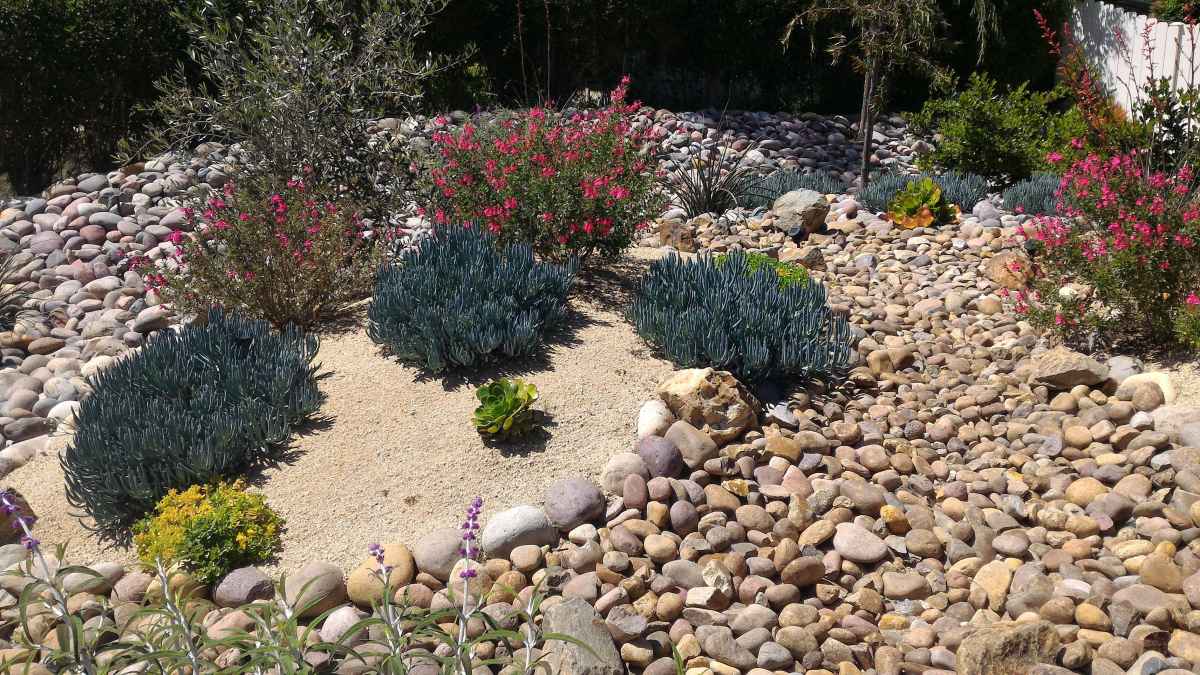
Gardening in Colorado can be a wonderful experience. Though the Centennial State may be dry and windy, you can plant a sustainable garden that won’t guzzle too much of your time or water with xeriscaping: a Colorado native landscaping strategy! Let’s jump in and take a look at how to xeriscape in Colorado.
7 Essential Xeriscaping Steps
Ready to get started xeriscaping? Whether you want to update your existing landscape or switch entirely to a xeriscaped environment, there are a few important steps to take. With xeriscaping, you can use an innovative combination of hardscaping (i.e. pavers, gravel) and drought-tolerant plants that won’t require a lot of water and care.
Just follow these 7 steps:
1. Start With an Evaluation
The first step is to evaluate your property. Think about the climate and elevation, and also your lifestyle. Do you have a large, sprawling lawn, or prefer something minimalistic? Understanding your needs and the local conditions will help you determine what kind of garden will work best.
Colorado’s Climate
The climate in Colorado varies from the plains to the mountains. You’ll find hot, dry summers, cold winters, and unpredictable weather in between.
While the western and eastern plains of Colorado tend to be drier and hotter, the mountains experience cooler temperatures and a lot of snowfall. On top of that, there’s a higher elevation in the mountains, which can affect whether certain plants grow in the region. Be smart and choose plants suited to your specific region.
Check USDA Hardiness
The USDA (United States Department of Agriculture) Plant Hardiness Zone map is a great tool to show what kinds of climate certain plants prefer. While this map is ideal for understanding your zone, there are also some local factors that you should consider before deciding which plants to choose.
2. Know Everything About Soil Types
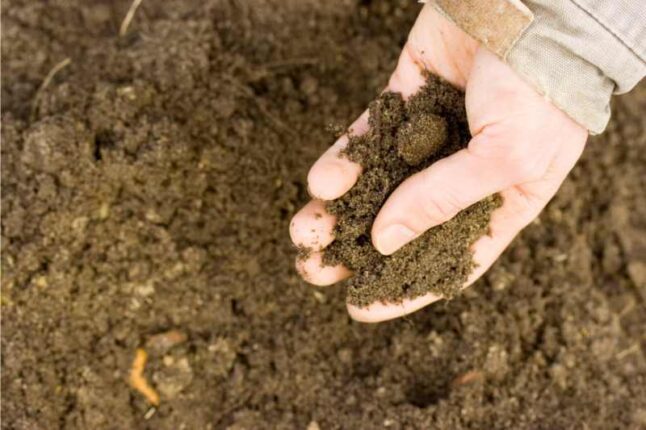
Soil’s pretty important when it comes to keeping your plants in tip-top shape. Clay soil’s denser and holds water but doesn’t circulate it very well, while sandy soil isn’t as great at retaining H2O. If you have sandier soil, throw some compost and peat moss in there to give your plants a nutrient boost and improve water retention. Lighten up dense clay soil with core aeration.
It’s always a good idea to test your soil before planting anything, so you can figure out what nutrients it needs. Trust me, your plants will thank you for it!
3. Zone-Based Planning
Before you head to the garden store and buy shrubs galore, you should develop an overall plan. The key to success with xeriscaping is to choose drought-resistant plants based on their needs, including how much sun and shade they require. So, figuring out where each plant should go helps create a balanced and healthier garden.
To help you plan, map out your space into different zones. For example, you might have one area for plants that need full sun and another for shade lovers. This division makes it easier to manage each type of plant and determine what they need for adequate nourishment.
Pro tips:
- Draft a base plan first — to scale — with house outline, driveways, walkways, fences, and existing trees.
- Locate spigots, downspouts, and electrical outlets.
- Be sure to measure slopes and figure out which direction is north! It helps you select plants for specific exposures.
- Divide your space into different zones to determine what type of plants should go where.
4. Pick the Appropriate Plants and Grass Types
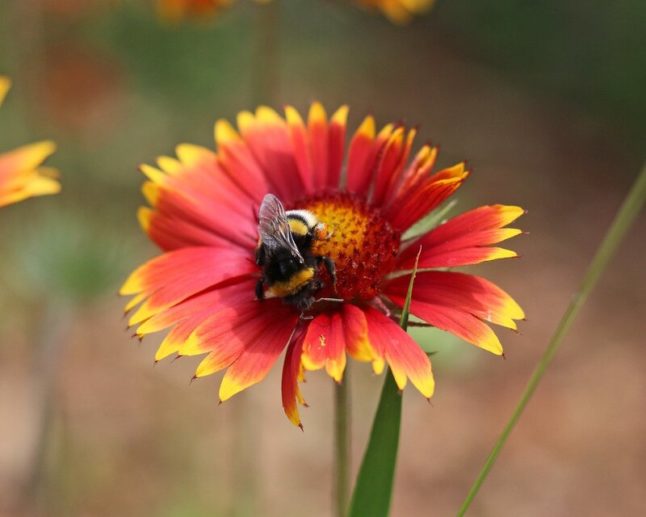
Now that you have the basics covered, you can narrow down what kind of plants you’d like to include. Research is key in xeriscaping because a lot of the low-maintenance plants are native to Colorado, meaning they’re adapted to the area’s climate and won’t require as much fuss. Think about ground covers, perennials, ornamental grass, and other plants that won’t demand heaps of attention.
Also, choose varieties with different colors and shapes. Having a variety of colors helps attract pollinators like bees and butterflies.
Native Flowers in Colorado
Want to give some of the local wildflowers a try? They come in a full spectrum of colors, and best of all, they can attract wildlife to your garden. Additionally, native plants tend to require less water and can cope with Rocky Mountain climate changes and soil.
Here are a few beautiful native flowers to look for:
- Colorado Blue Columbine (Aquilegia caerulea)
- Rocky Mountain Bee (Cleome serrulata)
- Arrowleaf Balsamroot (Balsamorhiza sagittata)
- Blanketflower (Gaillardia aristata)
- Agastache foeniculum (Anise Hyssop)
- Sea Thrift (Armeria maritima)
- Alpine Aster (Aster alpinus)
- Yellow Trumpet Vine (Campsis radicans f. flava)
- Penstemon (Penstemon ssp.)
- Claret cup cactus (Echinocereus triglochidiatus)
Native Tree and Shrub Species in Colorado
The state of Colorado has some spectacular trees and shrubs, too! They add structure and beauty to the garden and can bring that extra special touch. Popular choices include:
- Bearberry (Arctostaphylos uva-ursi)
- Prairie Verbena (Glandularia bipinnatifida)
- Littleleaf Mock Orange (Philadelphus microphyllus)
- American Plum (Prunus americana)
- Antelope Bitterbrush (Purshia tridentata)
- Smooth Sumac (Rhus glabra)
- American Elder (Sambucus canadensis)
- Red Elderberry (Sambucus racemosa)
- Big Sagebrush (Artemisia tridentata)
Non-native Plants for Xeriscaping in Colorado
Wildflowers are nice, but if you want something else to spruce up your landscape, there are plenty of non-native plant species you can try. Remember, these plants may need a bit more TLC, such as additional watering and fertilizing, but they also tend to be quite hardy and can thrive in Colorado’s semi-arid climate.
Popular xeriscaping plants to look for include:
- Englisg Lavender (Lavandula angustifolia)
- Russian Sage (Perovskia atriplicifolia)
- Mexican Feather Grass (Nassella tenuissima)
- Apache Plume (Fallugia paradoxa)
- Fernbush (Chamaebatiaria millefolium)
- Iceplant (Delosperma ssp.)
- Mojave Sage (Salvia pachyphylla)
The Right Turfgrass for Colorado
Xeriscaping isn’t about getting rid of your grass, it’s about using native vegetation that will thrive in your neck of the woods. If you want to give grass a go in your yard, Colorado natives like blue grama and buffalograss will do the trick. The best part? They can tolerate dry conditions!
For higher elevation areas, grass seeds such as tall fescue and fine fescue will help you out since they’re cool-season grasses that will take the colder temperatures and moisture that come with being up high. See our guide to the best grass seed for Colorado to help you choose the right turfgrass for your xeriscape.
5. Optimize Irrigation
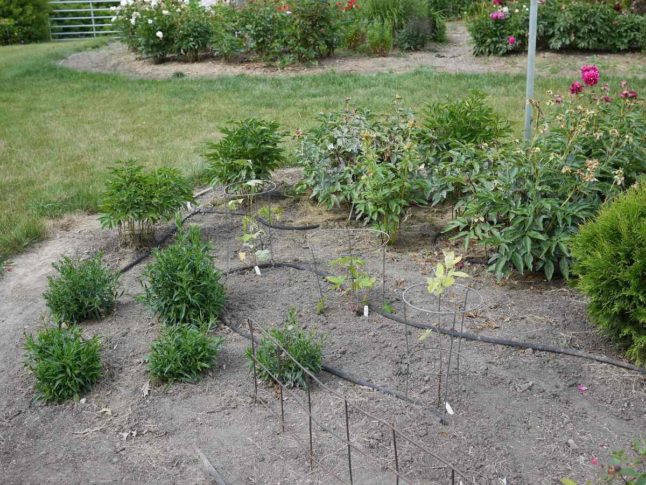
The goal is to reduce water usage, right? So optimizing irrigation for your xeriscaped lawn is key. Use drip irrigation systems to get water directly to the roots of your plants without any excess. Low-pressure, low-angle sprinkler systems are perfect for grass, while bubbler and spray emitters will help other plants get the water they need.
Avoid mist sprinklers or oscillating sprinklers, as high-velocity water can lead to soil erosion and a lot of wasted water.
And you guessed it: Steer clear of watering between 10 a.m. and 6 p.m. — evaporation rates are sky-high during those hours. To make sure you’re not overdoing it, install a rain sensor in your irrigation system. It will automatically turn off the sprinklers when it starts raining, saving you even more money and water.
6. Mulch Up for Extra Protection
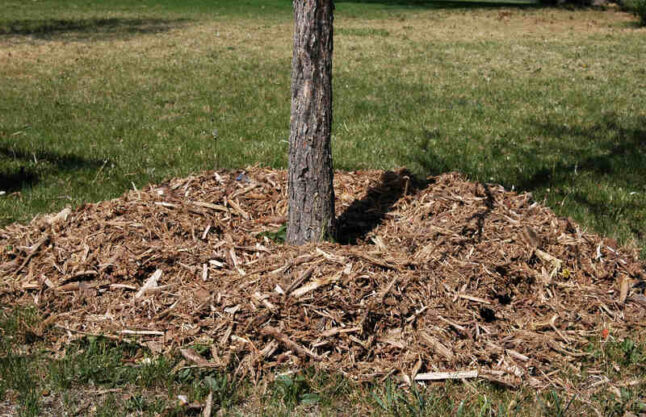
Mulch is not only attractive and colorful, but it’s also a great way to retain moisture in the soil. As it breaks down, mulch adds organic matter that helps keep the deep roots of your plants cool and hydrated. Whether you opt for wood chips or straw, apply 3-4 inches of mulch around your plants.
If you want to step it up a notch, you can mix in some rock mulch with your natural mulch for extra protection. Typically, 2 inches of rock or gravel suffices.
Shop for mulch:
- OLDCASTLE LAWN & GARDEN 52058064 Hardwood Mulch
- Organic Garden Straw
- Southwest Boulder & Stone Landscape
7. Design with Hardscape Elements in Mind
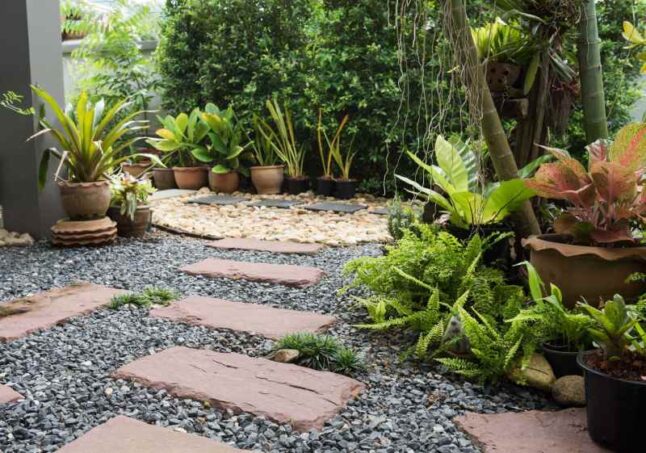
Hardscaping gets its own area in xeriscaping, and it’s completely necessary. When done properly, it can provide both aesthetic and practical elements to your xeriscape garden.
Add shape and definition to your landscape with structures that don’t need heaps of irrigation or upkeep. There are plenty of options to choose from, such as:
- Stones and brick pathways
- Elevated planters and benches
- Water features
Don’t be afraid to mix textures and colors when creating the design. Avoid large expanses of pavement and stick to smaller, more manageable-sized areas of hard-pack earth. This buffers the effect of evaporation and helps conserve water.
Lastly, depending on your location and the exposure to the sun, you’ll want to use some kind of sealant on your brick and stone pieces. This will ensure that they’re extra protected from the heat and humidity — and from the snow in winter.
Shop for hardscape features:
Xeriscaping Tips for Maintaining Your Colorado Garden
You might think a xeriscaped garden requires no work at all, but Colorado winters can take their toll. Besides, you’ll want to make sure your sustainable landscape looks fresh and fabulous year-round. So, here’s what you need to do:
- Mulch regularly: Every year or two, add a new layer of wood chips, straw, or rock mulch. This will help the soil retain moisture and discourage weeds.
- Water strategically: Water plants by hand when needed and use an efficient irrigation system such as a drip irrigation system.
- Don’t over-fertilize: Too much fertilizer can burn plants. Instead, focus on adding fertilizer when plants are budding or about to flower. Usually, early spring or late fall work best.
- Prune regularly: Prune shrubs early in spring (April or May) to promote a long-lasting bloom and for overall shaping.
- Check soil moisture levels: Monitor the soil moisture with a soil moisture meter or probe to make sure it isn’t too dry or too wet.
- Mow your turf areas: Keep your lawn height at 2-3 inches to conserve water. Mowing can also help keep weeds at bay.
- Try to avoid Kentucky bluegrass: While it’s super popular in Colorado, it requires more water and fertilizer than other grasses. Instead, consider native species such as blue grama.
- Weed with caution: Both manual and chemical control methods of weeding are available. However, using too much of a chemical can cause more harm than good, so try to opt for manual methods such as pulling and hoeing.
- Slope your lawn: On steeper terrain, use terracing methods like masonry walls or swales to reduce runoff and extreme pressure from rainfall.
For help with efficient irrigation, see our guide to watering your lawn in Colorado. And if you’re ready to make the switch to drip irrigation, check out these systems you can buy online:
- Drip Irrigation Kit
- Raindrip SDFSTH1P Automatic Watering Kit with Timer, Black Brown
- Drip Irrigation Kits, 100ft/30M Garden Plant Watering Sprinkler System
Why Should You Xeriscape in Colorado?
Did you know Denver was the first U.S. city to introduce water-efficient landscaping? That was way back in 1981, and since then, xeriscaping, or water-wise landscaping, has become hugely popular. The word “xeric” comes from the Greek “xeros,” meaning “dry.” The main idea? Create a beautiful outdoor space that requires minimal water.
Xeriscape landscaping is about finding the right drought-tolerant plants, investing in efficient irrigation systems, and using hardscaping elements to make the most of your garden without spending a fortune or worrying about water conservation. And it pays off: You’ll save time, water, and money in the long run without putting extra strain on your resources.
FAQ About Xeriscaping in Colorado
To get started, plan out your xeriscape design and select drought-tolerant plants suited for the area. Group plants together with similar water requirements, and use mulch to help retain moisture and reduce evaporation. When watering, do it deeply and less frequently instead of shallowly and more often.
Additionally, take advantage of Colorado’s geographic diversity and different microclimates for your garden’s success. Incorporating hardscaping, such as boulder walls or flagstone walkways, can add interest and an artistic touch. With proper planning and care, you’ll have a beautiful xeriscape that will conserve water while looking its best.
While xeriscaping can save water and be visually appealing, it does require more planning and consideration than other types of landscaping. Besides the extra effort it takes to choose and place drought-tolerant plants and hardscape features, there are some other factors to consider, such as:
• Up-front costs: As with any home improvement, there can be significant up-front costs involved in xeriscaping.
• Soil: Well-draining soil is essential for xeriscaping, so you may have to amend the existing soil in your yard, especially if you go for non-native plants.
• Less grass: Another potential drawback is that a xeriscape garden may have less grass, which can affect the look and feel of your yard.
Xeriscaping may initially seem expensive, but it can actually save you money in the long run and reduce the need for intensive lawn care. Costs may include plants, materials like mulch, soil, and other supplies. The bigger your xeriscape is, the higher the price tag.
Still, if done correctly, it can be more cost-effective than other types of landscaping. Additionally, by investing in the design and installation cost of xeriscaping right away, you can increase your home’s value and end up making money in the future.
It’s easy! Just get in touch with a landscape company near you in Colorado. A lot of landscaping companies offer free estimates, so ask for one. They have the knowledge and experience of Colorado’s climate and soils, so you can rest assured that you’ll find someone who knows the area well. Just make sure to do your research before you hire, and you’ll be all set.
Xeriscaping in the Rockies has plenty of perks, including:
• Conservation of energy, money, and water. You’ll save on your power, water, and utility bills, plus you’ll reduce the use of water treatments and services.
• Reduced maintenance. With xeriscaping, you won’t have to worry about frequent lawn mowing or regular watering.
• Boosting the productivity of your soil. Xeriscaping promotes healthy soil that is rich in natural nutrients, which helps your plants grow strong.
• Enhancing the environment. Without using as much water or chemicals, you’ll be helping to protect the environment in Colorado and beyond.
• Plus, it just looks great! With carefully chosen plants and stones, you can create an eye-catching, low-maintenance outdoor oasis without wasting unnecessary resources. That’s what I call a win-win situation!
Xeriscaping in Colorado: DIY or Hire a Landscaping Pro
With a bit of planning and prep, you can create an amazing and sustainable xeriscaped garden in Colorado. Do your research to find the best plants for your climate, use water-smart irrigation techniques, and ensure the beds are well-mulched and fertilized.
If you hit any bumps in the road, bring in a local professional landscape designer or consultant in Colorado. Whether you’re in Denver, Colorado Springs, Fort Collins, Grand Junction, or Pueblo, a landscaping pro can help you figure out the best strategies for your area and give you useful tips for dealing with the local climate.
Main Photo Credit: remedypic / Canva Pro / License
